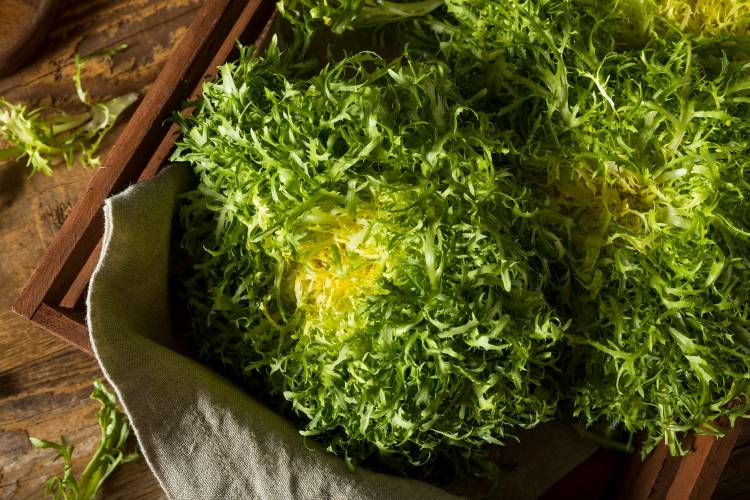Properties of escarole
Discover the benefits, drawbacks and properties of escarole. This seasonal vegetable is rich in vitamins A, K and folic acid and other minerals. Discover it!
fresh food
Share

If you have ever asked yourself what the properties of escarole are, then look no further: today we give you all of the information you need to know about this variety of endive. Escarole, which at a glance might look like lettuce’s little sister, is a source of numerous benefits. It is also particularly suited to the winter season, given that it resists cold temperatures much better than lettuce.
But, let’s delve in to what we really want to find out: the properties of escarole. Firstly, we have to mention that escarole is a food which is almost entirely made up of water, making it a highly recommended ingredient for diets that aim to lose weight. In addition, it has a very low calorie content, which is also ideal in these cases.
But the benefits of escarole don’t end there: it is considered, with good reason, one of the vegetables with the highest content of vitamins A, K and folic acid, and is particularly recommended for pregnant women. Escarole is also rich in magnesium and potassium: the first helps in the protection of cells against oxidative damage, and the latter contributes to the normal working of the nervous system. Eating escarole also helps the working of the immune system.
Benefits of escarole in different recipes
Once we know the properties of escarole, it’s time to discover how to use it in our everyday lives. Salads are the main dish that we can use it in. This also enables us to combine it with other fresh produce like tomatoes and onion. And, what’s more, this type of salad can be used to accompany meat (for example with a pork tenderloin and couscous) or fish.
In terms of curly escarole, its properties are very similar to normal escarole, the main difference being its leaves or stems. In fact, a recipe that can be particularly striking is one that includes flat escarole, curly escarole, chicory, tuna, sunflower seeds, oil and salt, and a little Modena vinegar.
Escarole, in addition, can be used in tortilla (Spanish omelette) You just need to wash it and drain it well, chop it and add to a sauté of finely chopped onions on a low heat. Since escarole reduces a lot during cooking, it won’t take too long. When cooked (but crunchy), it can be added with the onions to the eggs you have already beaten and continue the normal process of making a tortilla. Now all that is left to do is to try a healthy, yet versatile, food. Bon appetit!






